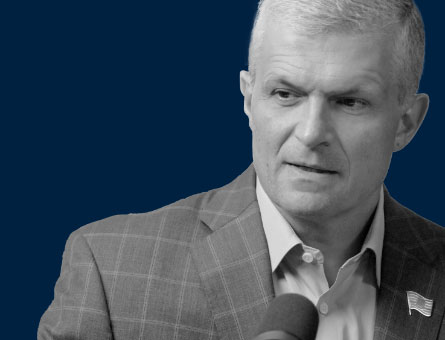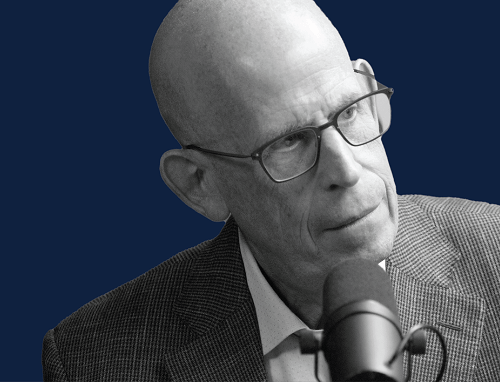Published August 29, 2023 | 4 min read
Key Points
- The increased cost of capital has seen deal volumes decrease by as much as 45% in some markets, as CEOs underwent a period of introspection, searching for the right transactions and strategic alternatives.
- As we see the end of an era of “free capital”, deal structures are changing to more innovative, niche approaches. Sometimes, from the more obscure end of the playbook.
- Spin-off transactions are currently viewed more positively than usual, as their sharper focus is perceived as leading to greater value.
- The regulator appears to want to double down on increased scrutiny, but recent legal decisions may hold them back.
Deal volumes are down – will we soon see an uptick?
Vito Sperduto: Transaction volumes year-to-date are off by 35-40%. Larger transactions over USD5 billion are off by an even greater extent, roughly 45%. Given some renewed stability in the markets, we're hoping CEO confidence will rise in the third and fourth quarters of this year, because that always correlates to M&A deal activity. In the last 12 months, there's been considerable introspection as companies have been thinking how to move forward.
Albert Chang: Introspection is the word. Clients are deeply concerned about making the right strategic moves and heavily focused on portfolio optimization. The reasons are clear. After the pandemic, supply chains were upended. Consumer patterns changed. Entire industries were completely disrupted. Since then. we’ve seen geopolitical conflict, with Russia's war with Ukraine, and increasing tension between China and the West. And now, for the first time in decades, we are living in a truly inflationary environment, with all that means for capital raising and with the effects of increasing rates.
Putting all these trends together, companies are rightly asking themselves, “what does our business look like now? How do we operate, survive, and thrive in this changing world with so many unknowns?”
How does the end of ‘free capital’ impact deal structure?
Larry Grafstein: In M&A, we always talk about confidence, and the importance of valuation and certainty of closure, both of which relate to regulatory and financial certainty. Since the financial crisis of 2008, we've had a prolonged period, nearly 15 years, of 0% interest rates. Now, as we move into a more normalized environment, deal structure becomes critically important. There's just a far greater scrutiny of transactions today. People were looking past the details because financing was so inexpensive. Now we're seeing the buy side holding companies to a higher standard.
Albert Chang: Zero interest rate environments distorted the ways deals were made. The normalization of rates will have several knock-on effects. Without ‘free capital’ to pursue deals, that does require greater flexibility in structuring, and a willingness to take on different financing structures which have different tax implications.
To give a recent example of this more adaptable approach to structure, we’re seeing the return of innovative techniques such as seller backed financing. Seller paper essentially, which is something you don't see in a zero-interest rate environment, where debt capital can be obtained more freely.
In spin-off transactions, where there is a desire to shore up balance sheets to protect companies’ long-term liabilities, and where financing is more expensive than before, we’re also seeing greater efforts and emphasis on raising capital. In a regular rate spin-off, you would expect to see a 100% divesture of a business. In today’s environment, we’re seeing spin-offs where 80% of a business is divested, but the remaining 20% is sold for cash.
Another trend to note, is that there's an historic amount of dry capital available from the private world – from private equity, financial sponsors, and non-traditional sources.
So, in an environment where capital raising provides a larger benefit because of the financing market, we’re seeing more dialogue around concepts like co-investments or private investments in subsidiary businesses. These are unusual, if not unheard of, deal structures. But as we enter a new macro and financing situation, I think we'll continue to see a lot of discussion along these lines.
What’s driving the increase in separations?
Vito Sperduto: Interestingly, last year was a record year for sizable separations, splits and spin-offs. So, has private equity capital created a buyer pool that causes companies to think there's greater value in a separation? Is some of it driven by willing buyers appearing when sellers create a ‘purer’ company through a spin-off? What’s driving these separations?
Albert Chang: Spin-off transactions are the result of a leadership team concluding that a company is better off as two companies rather than one. All things being equal, investors generally have a preference for more focused business models (i.e., pure play or single lines of businesses), because investors can manage their own investment portfolios and achieve diversification on their own. Additionally, from an operational perspective, more focused businesses have the potential to operate more efficiently. Ultimately, management teams will have to analyze whether these benefits outweigh the benefits of scale and diversification.
Companies with fewer business segments tend to trade at a superior multiple, compared to similar performing businesses with many different business segments. That streamlining and operational and commercial focus can often make them more attractive candidates. It helps companies to trade better, so they're in a better position to execute M&A deals.
The regulator steps in… or will they?
Albert Chang: Historically, the DOJ and the FTC regulatory framework as it relates to antitrust has uniquely impacted mergers, not spin-offs. Because in a spin-off, we're typically creating more need; more jobs and more competition by making two companies out of one. Whereas with large-scale mergers, the opposite tends to be true.
Larry Grafstein: That contrast between spin-offs as a way to create value for buy side investors because mergers are more difficult from a regulatory perspective, is definitely a macro trend that we will watch out for.
Our clients are always trying to anticipate shareholder discussions about improving their stock price, especially right now with the headwinds of rising interest rates.


